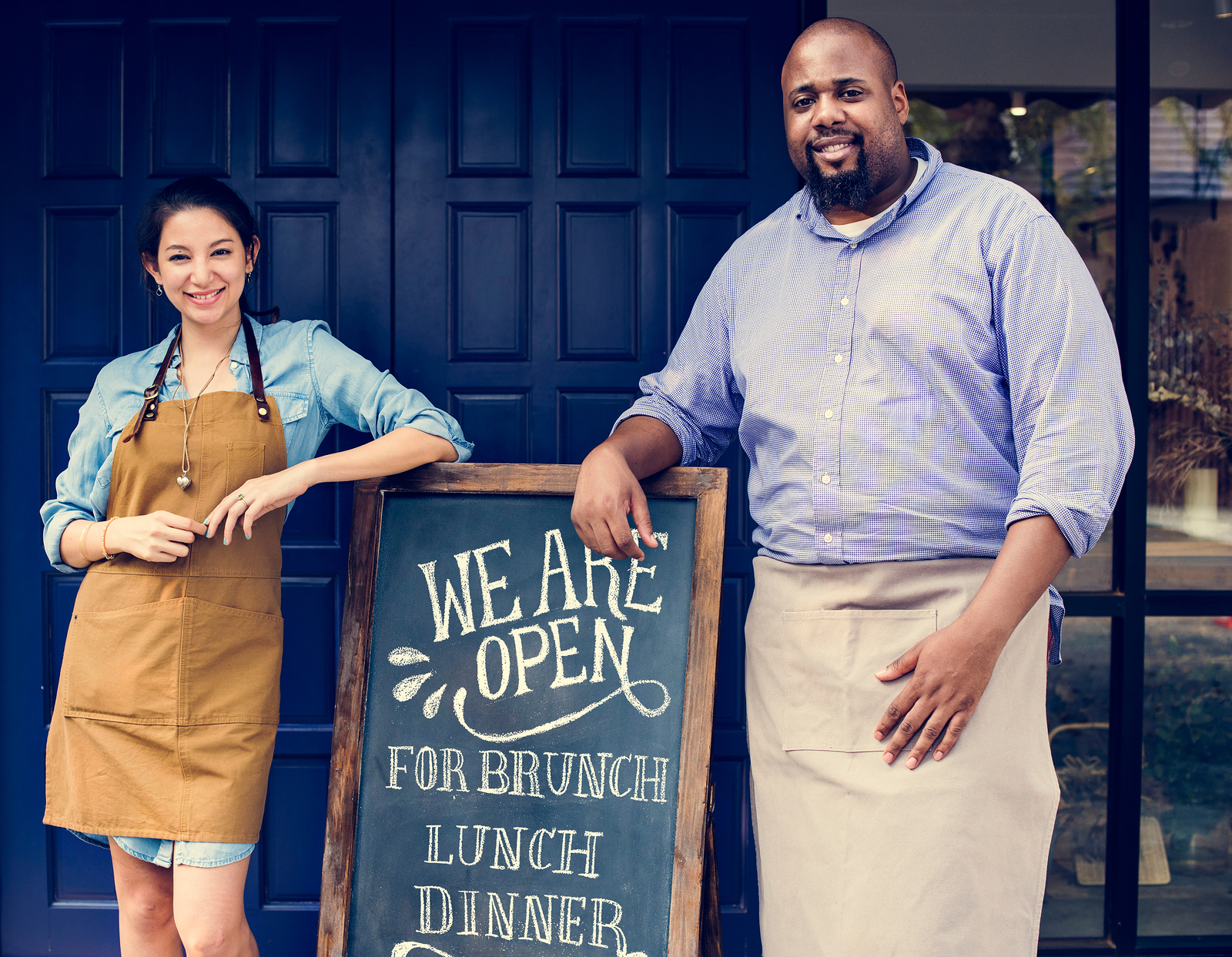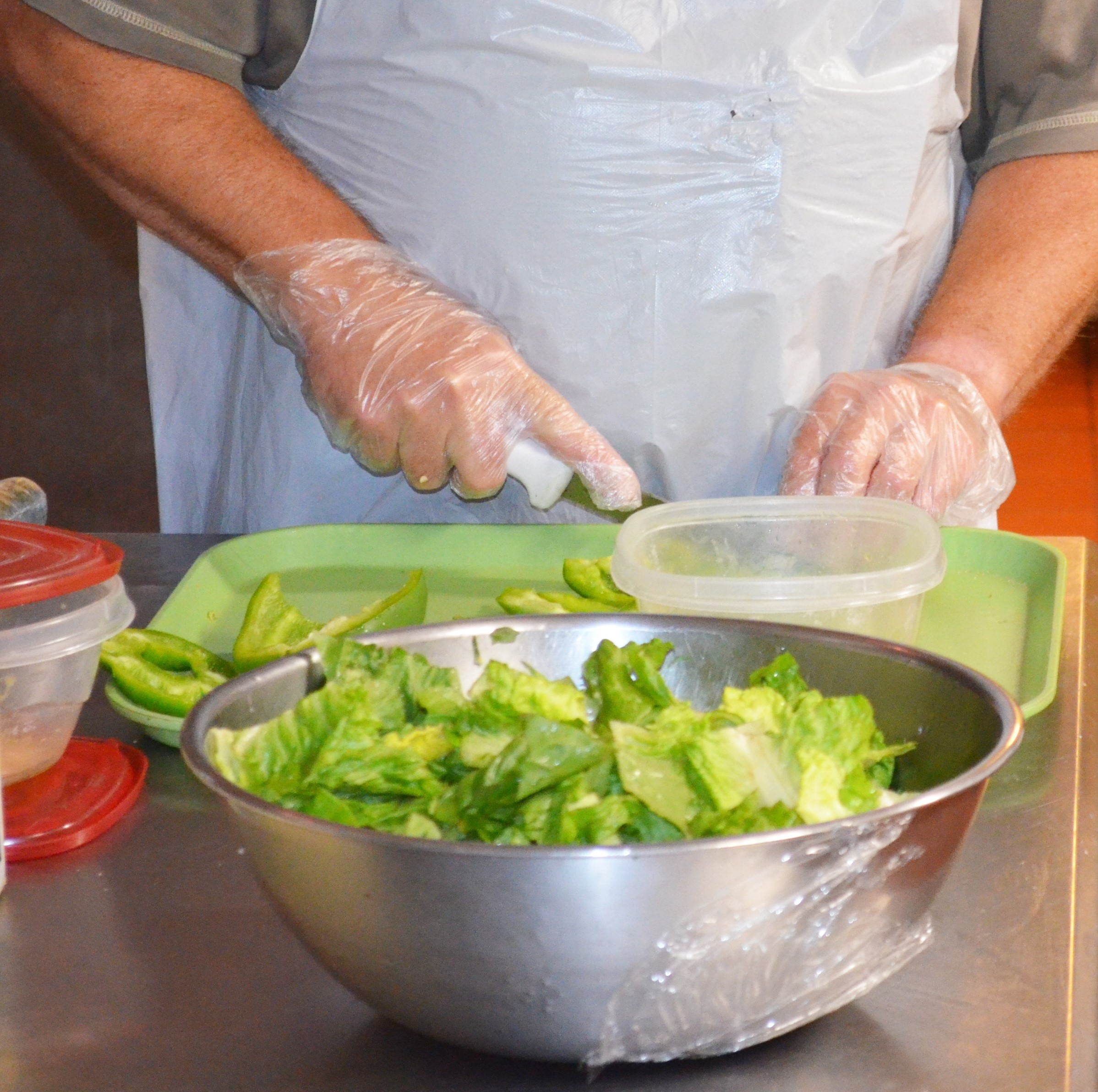Food Safety – Food Protection Unit and Emergency Response
Program Contacts
Gerry Scott REHS
Supervisor
216.201.2000 ext 1259
gscott@ccbh.net
Annie Levar MPH, REHS
Supervisor
216.201.2000 ext 1276
alevar@ccbh.net
The goal of the CCBH Food Protection Unit is to prevent foodborne illnesses caused by poor food handling practices and unsafe food products.
We license and inspect all facilities at the retail level that sell food, including:
- Daycares
- Fairs
- Festivals
- Grocery stores
- Nursing homes
- Restaurants
- School cafeterias
Providing food safety education to local operators is a critical piece of our inspection process.
Food businesses operating in Cuyahoga County are required to have either a food service operation license or a retail food establishment license.
CCBH regulates these businesses in all municipalities throughout the county, except for those operating in the City of Cleveland.
For information about locations in the City of Cleveland, please call 216.664.2300 to speak with the Cleveland Department of Public Health.
Click here to view the 2026 Food Safety Program fees
What we do to protect public health
- Complaint Response – we investigate food-related complaints received from the public
- Education – we provide food safety classes for the food industry and the public
- Emergency Preparedness – food safety guidance for use during power outages and other emergencies
- Food Safety Planning – help with monitoring the flow of food from purchase to serving
- Inspection – all licensed food shops, mobile operations, and temporary events to ensure compliance with the state’s food safety code
- Investigation – conduct food source trace-back investigations due to recalls
- Licensing – we are responsible for all retail food service and food establishment operations in our jurisdiction
- Outbreak Response – we investigate foodborne outbreaks, complaints and reports
- Plan review – is required for all retail food operations
- Special Event Inspection – inspect carnivals, chili cook-offs, fairs, festivals, and farmers markets
Risks to maintaining food safety
The Centers for Disease Control and Prevention has identified five risk factors that are the cause of foodborne illness in homes and restaurants.
The information below will help you in avoid these risks and prepare your food safely, protecting your family and friends from foodborne illness.
The Five CDC Risk Factors
- Getting food from an approved source or vendor
- Cooking food to the correct temperatures
- Properly holding food at appropriate temperatures
- Maintaining clean and sanitary equipment
- Good personal hygiene
Tips for preparing healthy and safe food
- Wash produce thoroughly to remove dirt which could contain pathogens (disease-causing germs).
- Keep raw and ready to eat foods separate to prevent cross contamination – raw foods can contain pathogens that can make you sick.
- Store raw food below and separate from ready to eat foods.
- Before and after using cutting boards, knives and other utensils, thoroughly wash them with warm soapy water.
Additional Resources
- Avoid these Dangerous Food Safety Mistakes
- Food Keeper App
- How to Clean Produce Using Vinegar
- Kitchen Companion Booklet
- Local food inspection reports can be found here
Emergency Preparedness Links
- Food Safety During Power Outages, Floods & Fires – USDA
- How to Operate a Food Operation Safely During a Water Outage – ODH
- Keeping Food Safe During an Emergency – Frequently Asked Questions – USDA
- Making Water Safe During an Emergency – CDC
- Reopening After a Flood – ODH
- Sewage Backup in a Food Operation – ODH
- Water Service Interruption in a Food Service Operation – ODH




